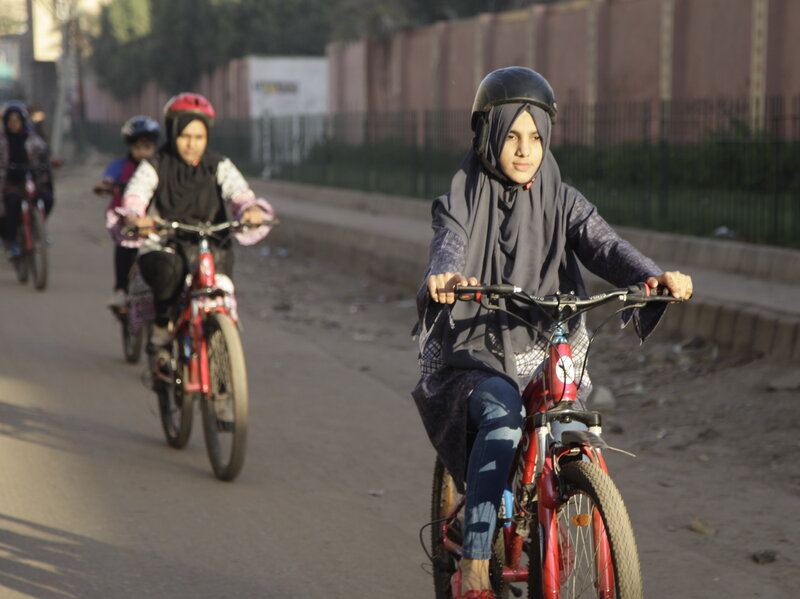Mumbai has two and a half times as many people as my hometown of New York. Its population is also about half that of Canada, and a third of the UK or France.
It's been said that there are 8 million stories--the same as the number of people--in the Five Boroughs. Well, one might say that there are 20 million ways of using a bicycle--one for every resident--in the City of Seven Islands.
At least, that was the impression I got from yesterday's post on Hackaday. In the Gateway to India, it seems that bicycles are used, not only for transporting one's self, but also for moving other people, cargo that seems better suited for ship containers, hay, livestock and even gas cylinders--12 to 16 at a time!-- that weigh 15 kilos empty and 30 when full.
I don't know which would scare me more: the potentially-explosive cargo, or that those bikes, with 300-kilo loads, have the same brakes found on typical roadsters. Come to think of it, I shudder thinking about maneuvering such rigs through winding, narrow, crowded streets that make Broadway in lower Manhattan seem like a Dutch bike lane.
It's been said that there are 8 million stories--the same as the number of people--in the Five Boroughs. Well, one might say that there are 20 million ways of using a bicycle--one for every resident--in the City of Seven Islands.
At least, that was the impression I got from yesterday's post on Hackaday. In the Gateway to India, it seems that bicycles are used, not only for transporting one's self, but also for moving other people, cargo that seems better suited for ship containers, hay, livestock and even gas cylinders--12 to 16 at a time!-- that weigh 15 kilos empty and 30 when full.
I don't know which would scare me more: the potentially-explosive cargo, or that those bikes, with 300-kilo loads, have the same brakes found on typical roadsters. Come to think of it, I shudder thinking about maneuvering such rigs through winding, narrow, crowded streets that make Broadway in lower Manhattan seem like a Dutch bike lane.





